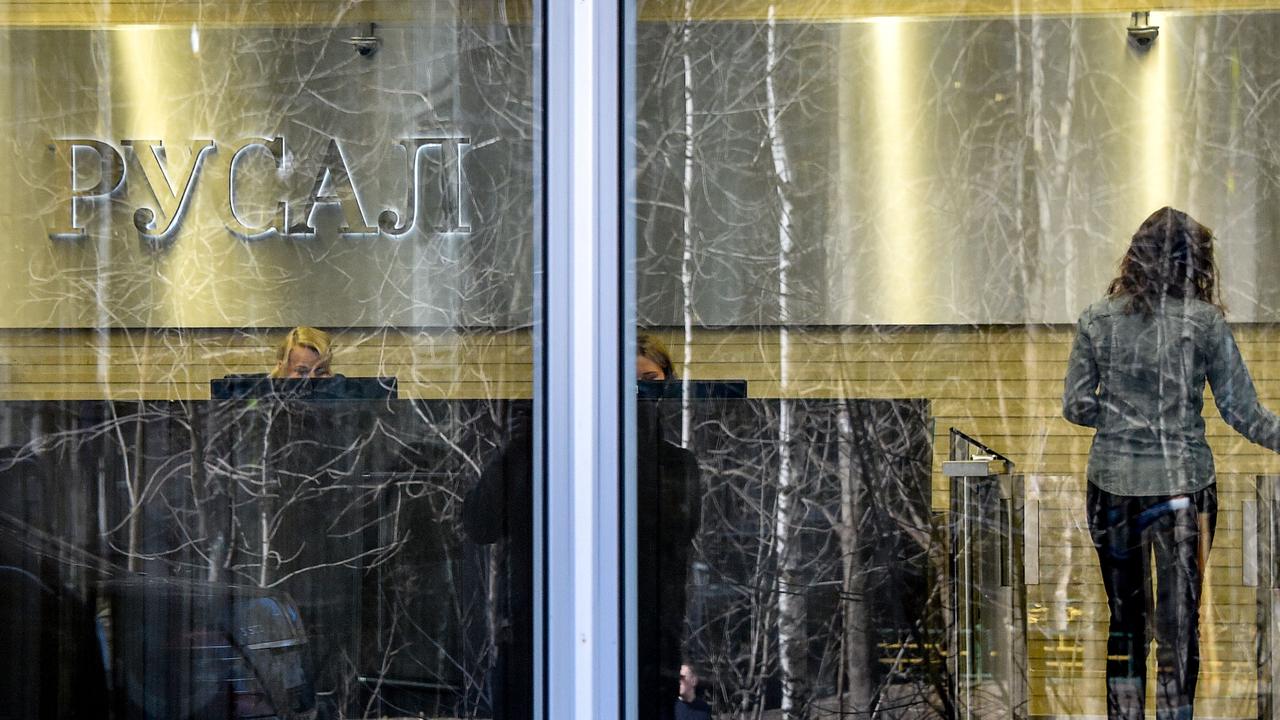The biggest challenge facing Dominic Stevens at ASX

While it might have taken more than four months, the search process did identify a perfectly qualified candidate. The former Challenger Ltd chief executive has spent decades at the sophisticated end of financial markets, including a lengthy stint in the old Bankers Trust Australia business.
Moreover, he has prior and testing experiences as a CEO — he was appointed CEO of Challenger in 2008, just in time for the financial crisis and left the business in a very solid shape in 2012 — as well as current experience within ASX as a non-executive director since December 2013.
His previous CEO role means the ASX board can be comfortable that he can lead a business while his experience on the board means that he should be fully across all the issues on ASX’s agenda from day one.
He will inherit a group in very good shape. Funke Kupper (before he resigned voluntarily after allegations of bribery that occurred while he was Tabcorp’s CEO) transformed ASX, its financial performance, its competitiveness and its relationships with its customers, regulators and legislators.
ASX chairman Rick Holliday-Smith has kept the wheels turning smoothly during his stint as executive chairman.
Stevens’ qualifications and the robust condition of ASX don’t mean the role will be without its challenges. The environment around securities exchanges in terms of the volatility of markets, competition between exchanges and service providers, regulation and technology is extremely dynamic.
There is an obvious big technology decision looming for ASX. It has been considering its options for its next generation post-trade clearing and settlement platform, the replacement for its current CHESS platform.
Funke Kupper was fascinated by the potential of the distributed ledger technology that has emerged from the blockchain technology developed for Bitcoin and positioned ASX as a front runner among securities exchanges to adopt it.
Early this year, ASX invested $14.9 million in a New York firm, Digital Asset Holdings, which is developing distributed ledgers with a number of key global clearing and settlement players. In June, ASX invested another $7.2m to give it 8.5 per cent of Digital Asset and a board seat.
There’s no doubt ASX sees distributed ledger technology as a tantalising way to radically redesign its clearing and settlement platform, with major benefits in terms of both record keeping and costs for all the participants in its markets.
Funke Kupper believed ASX could cut the costs of trading on ASX’s platforms by hundreds of millions of dollars a year. He also wanted ASX to maintain its reputation for being one of the world’s leading-edge exchanges.
A decision on whether to go with the distributed ledger technology, or not, will probably have to be made within the next 12 months or so. The fallback decision would be to upgrade CHESS, which is a robust platform.
Given that the Federal Government has said that ASX will face the end of its monopoly over clearing of cash equities in 2018 (which doesn’t necessarily mean that it will face competition) the decision over whether or not to proceed with the distributed ledger option could be a very important one for ASX.
Stevens will also confront the perennial question that has fascinated successive ASX CEOs; in an environment of mergers between the major securities exchanges, should the ASX participate and, if so, how?
ASX did, of course, get very close to a merger with Singapore’s SGX before Wayne Swan vetoed the deal on national interest grounds. Should ASX get involved in M&A or are alliances with other regional or global players a better alternative?
The recent animated discussion over proposed changes to ASX’s listing requirements highlights another issue Stevens will need to deal with.
ASX, like any exchange, wants to attract more listings but at the same time is anxious to protect the reputation of its markets. The proposed changes to its rules are regarded as tightening the filters for potential new listings and are designed to protect the quality of the companies the exchange lists.
Critics say the proposed changes would make it very difficult for new technology companies, or junior resource hopefuls, to list and get access to capital.
ASX has deferred a final decision on the rules until late December but the issue does highlight the complicated relationships between ASX’s commercial interests in growing listings with its key position in the capital formation process and its longer term desire and need to maintain the integrity of its markets and their reputation.
The biggest challenge for Stevens, however, will be the volatility of the environment within which ASX operates, both in dynamism of its own sector but more particularly in the tides that flow through the various types of securities that trade on its platforms.
That volatility has increased significantly since the financial crisis, as has financial regulation, including regulation of securities exchanges, around the globe.
For ASX and its stakeholders, but also domestic financial markets generally, it is important that Stevens’ tenure builds on Funke Kupper’s legacy and that ASX continues to adapt and to remain financially and operationally successful.





In the end, while it took a surprisingly long time, ASX didn’t need to look that far to find Elmer Funke Kupper’s successor as chief executive. Dominic Stevens has been on the ASX board for two-and-a-half years.